Archaeology Day is today and celebrates what Archaeology has given to the world. At heart, Archaeology is about what we leave behind and how humans live their lives.
These are illustrations of characters from our History of Waste timeline. The Waste Education team developed a timeline showing the History of Waste in Exeter and Devon to display at Exeter’s Energy form Waste plant and for our website. It details how waste is related to history as far back as 40,000BC.
Waste and Archaeology
Waste and archaeology have a close relationship. Archaeology is about the study of people who lived a long time ago, based on what they left behind. It includes the study of old items found buried underground, like coins, pottery and even jewellery.
In the future, what do you think archaeologists will find that you have left behind?
What about stuff you’ve thrown away?
Will your waste be an archaeological discovery at some point?
The History of Waste timeline
Take a look at our history of waste timeline. The timeline starts at 44,000 years ago in Kents Cavern, Torquay, where humans left ash and bone waste; their waste has been used to help understand human history in Devon. One day in the future maybe your waste could be written about on a timeline like this.
Archaeology today
Archaeologists search for clues in waste they dig up now. In 2018 archaeologists from Exeter University found ancient household waste near Ipplepen in Devon. This waste was used to get an idea of how the everyday Romans lived, as well as other people who lived in Ipplepen before and afterwards. Find more details here: Featured news – Ancient household waste gives more clues about Devon’s Roman history – University of Exeter
To access our timeline click this link History of Waste – Zone (recycledevon.org)
The Exeter Energy from Waste Plant has a giant timeline on the wall. You can book a tour here Energy from Waste – Zone (recycledevon.org).
Additionally, the Energy from Waste plant in Exeter has a range of physical artefacts as shown in the pictures below. Thanks to the RAMM and local collectors who helped supply the waste shown in the boxes.

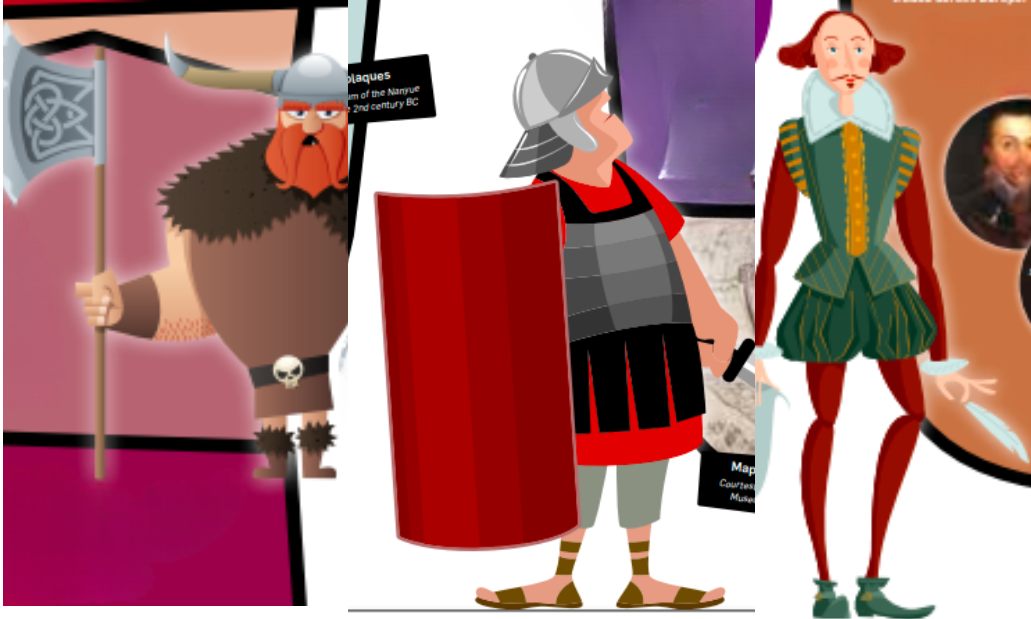
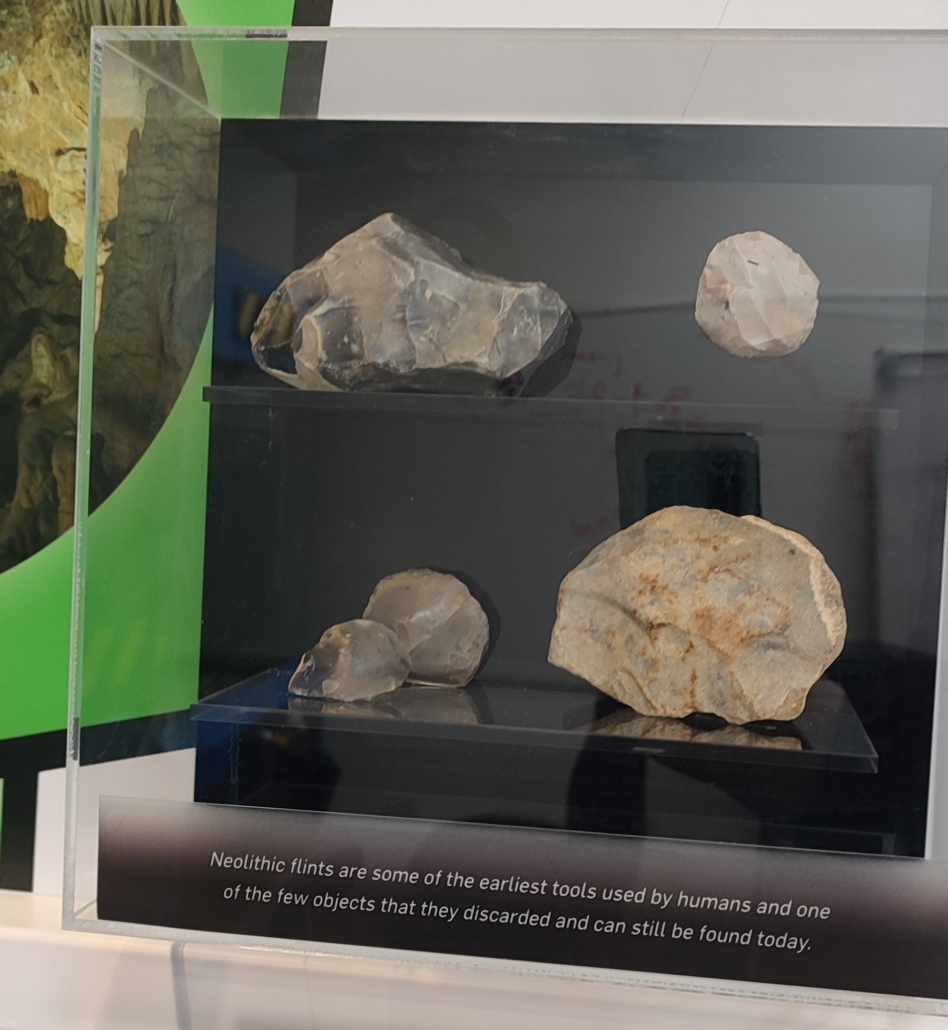
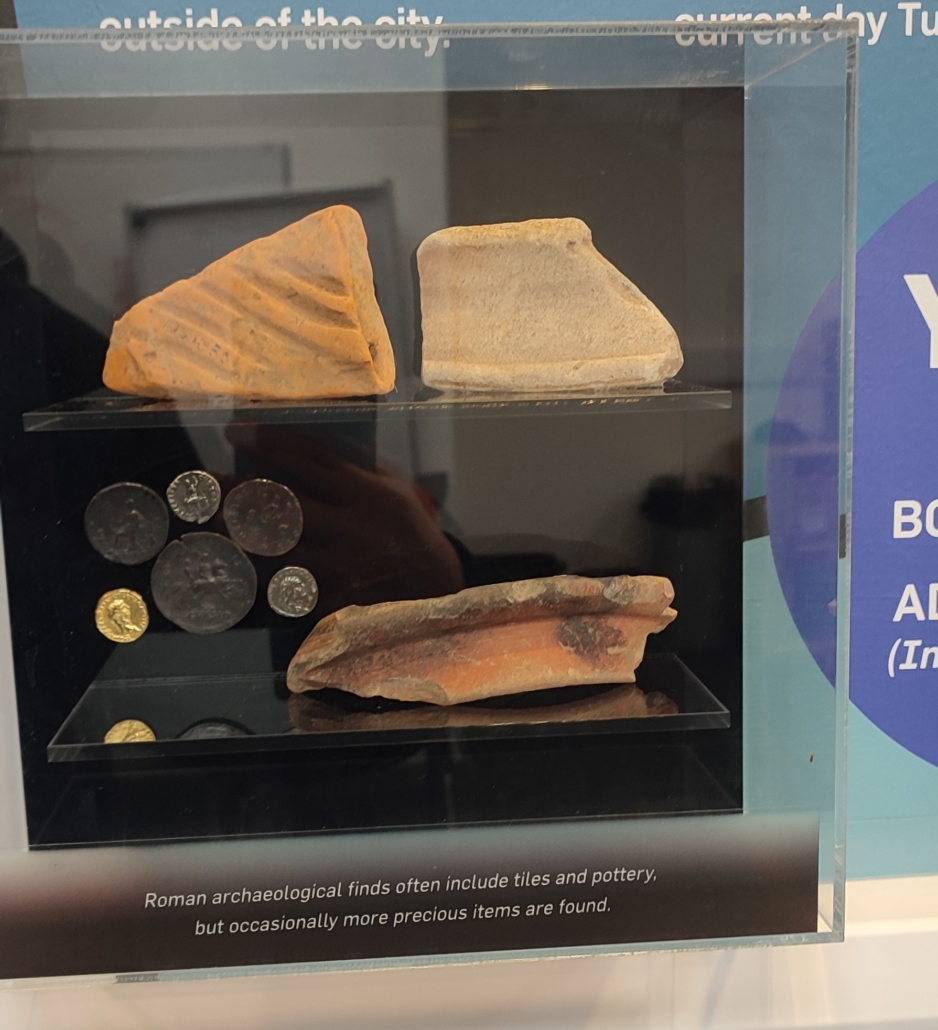
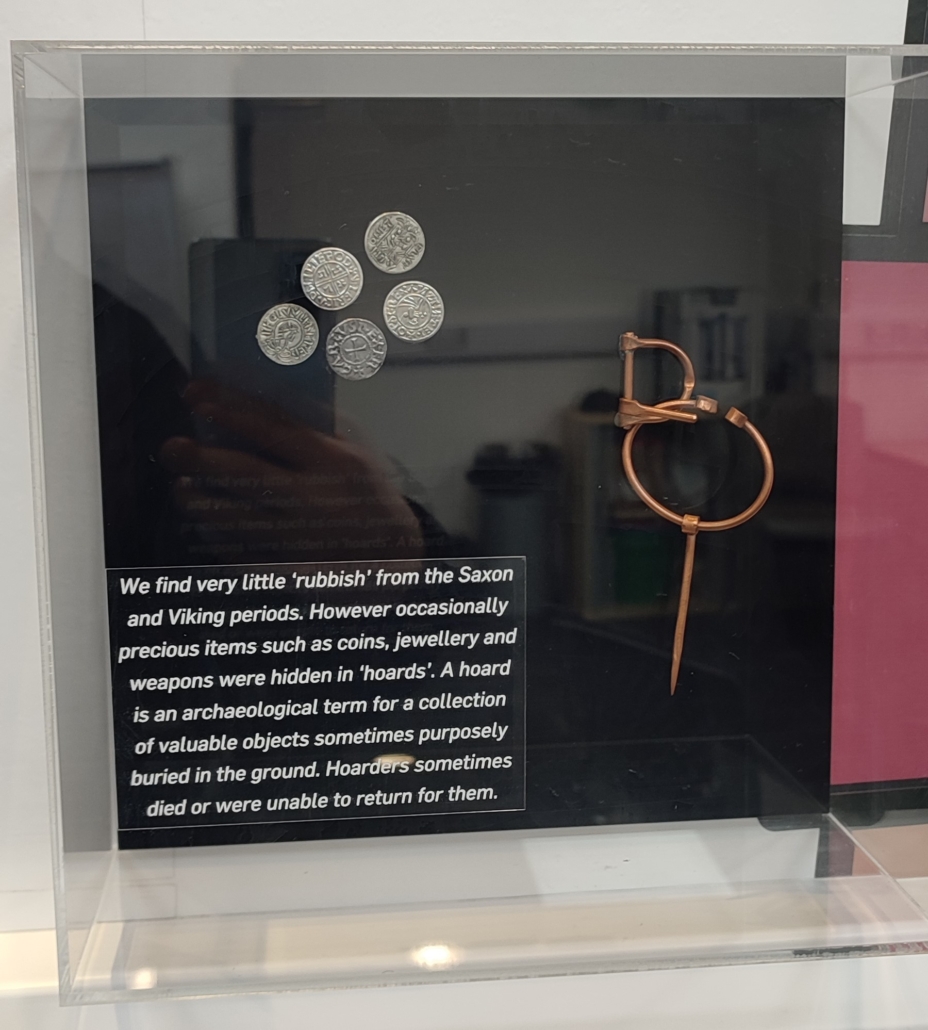
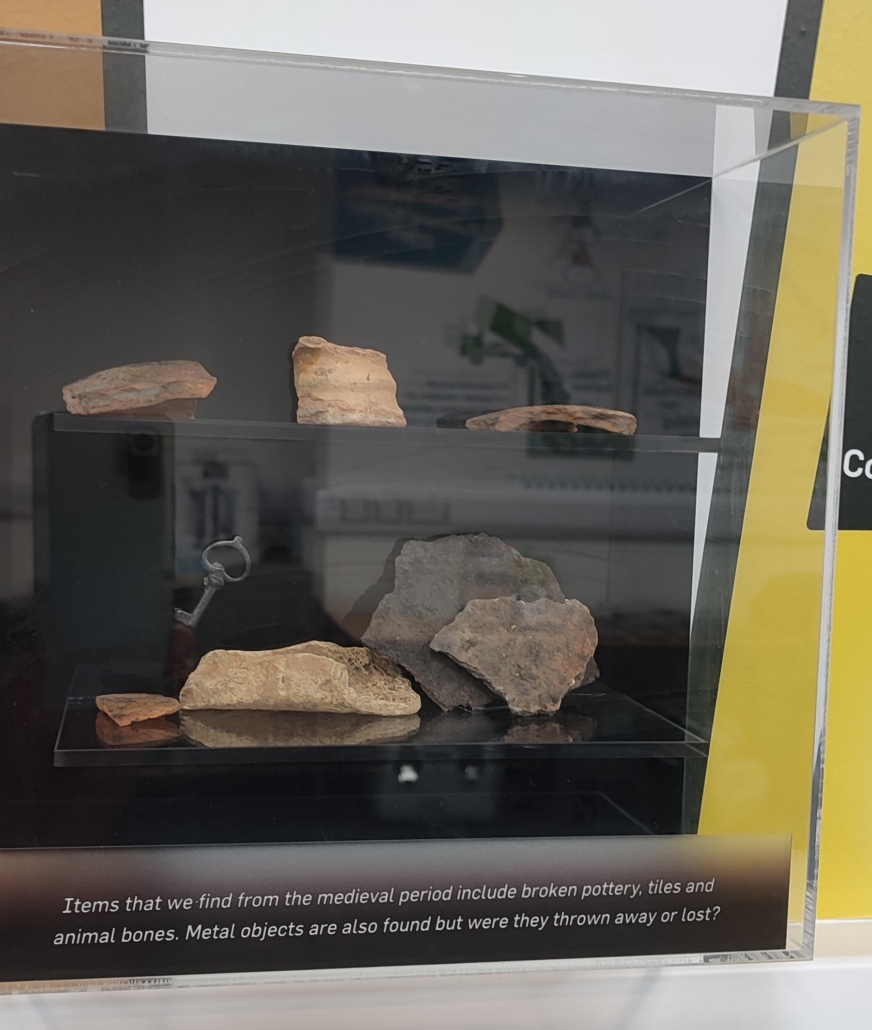
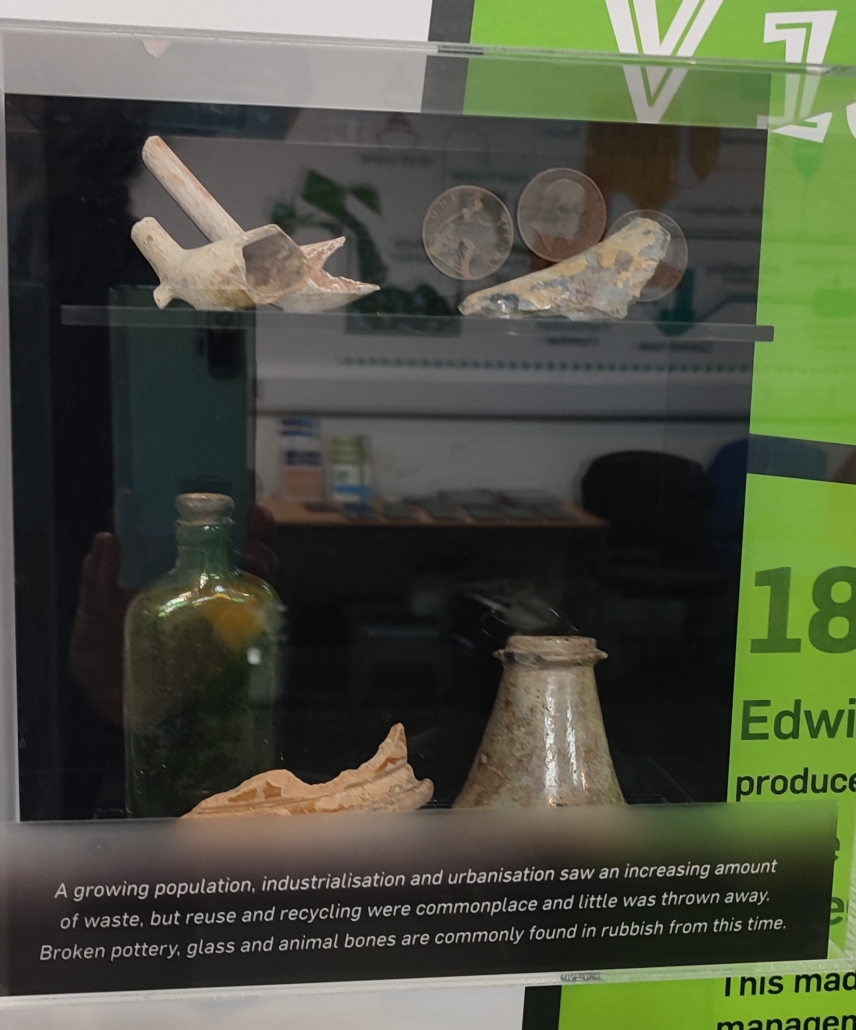
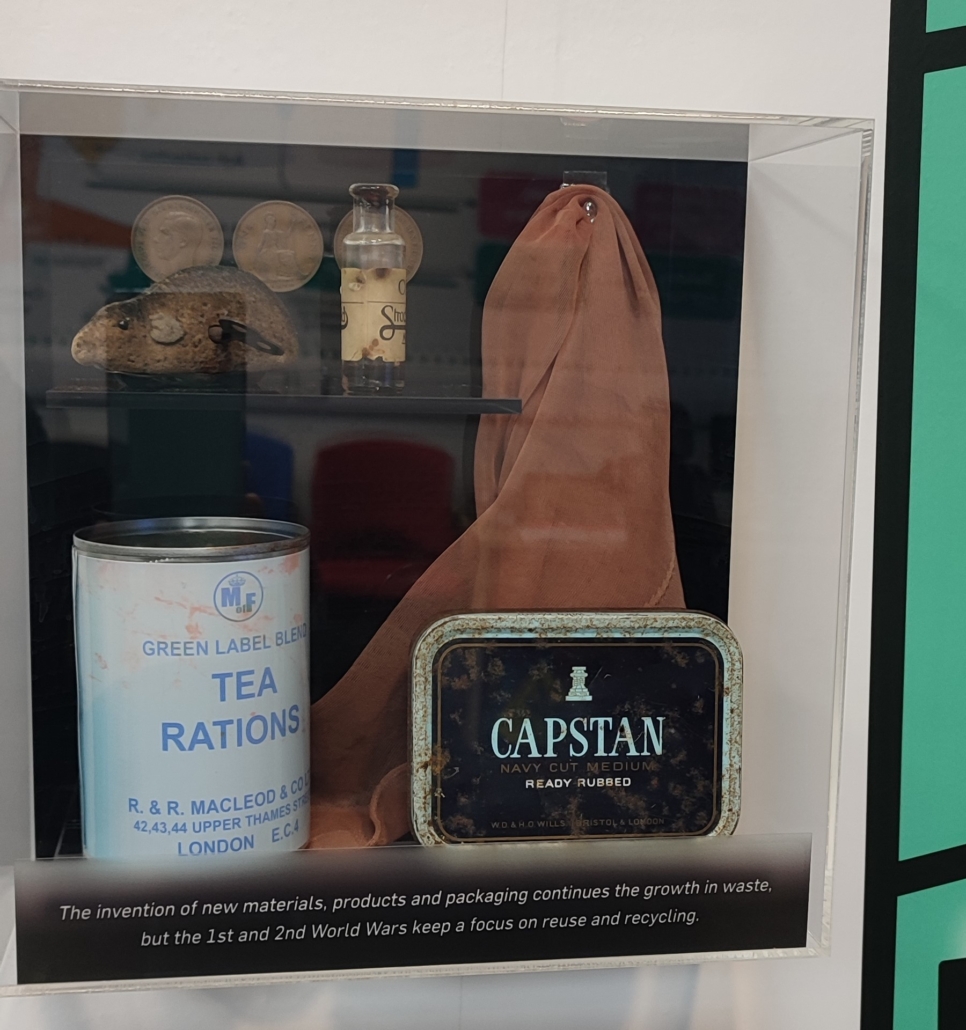

 Available with a license from Adobe Stock #120772365 School Uniform for Children and Teenagers on Hangers. Vector Illustration by Juliabatsheva
Available with a license from Adobe Stock #120772365 School Uniform for Children and Teenagers on Hangers. Vector Illustration by Juliabatsheva